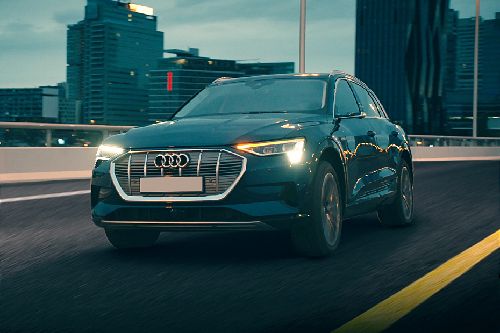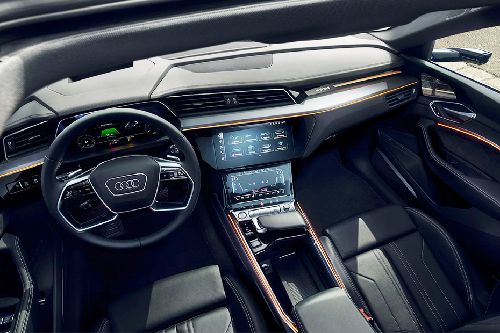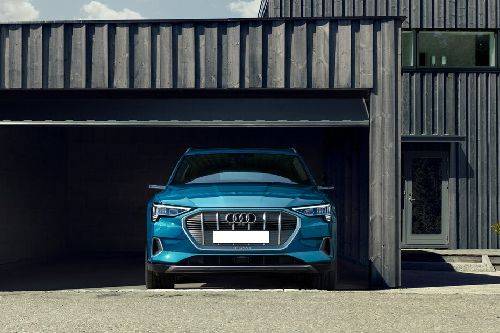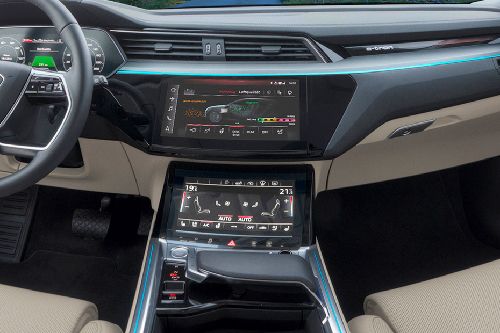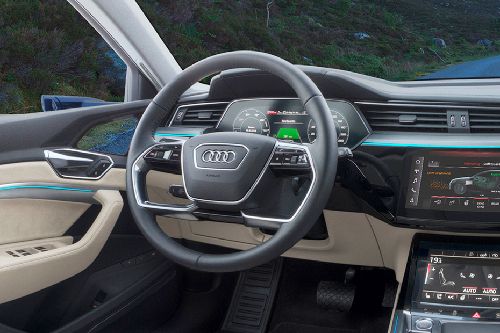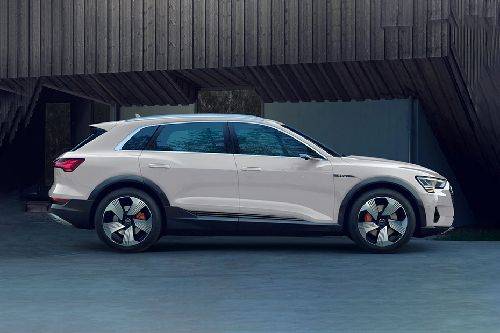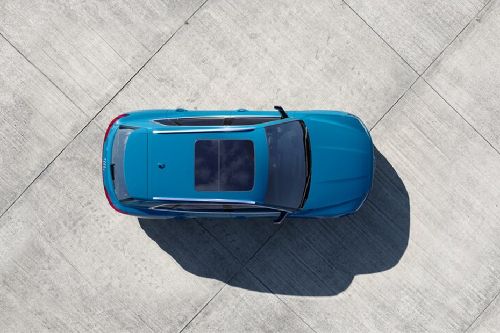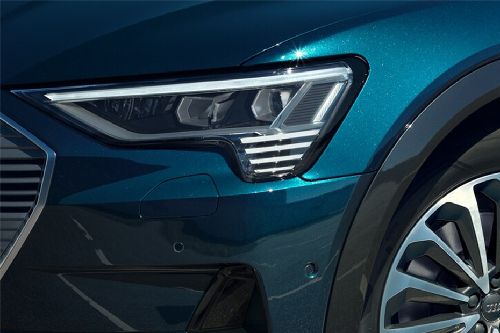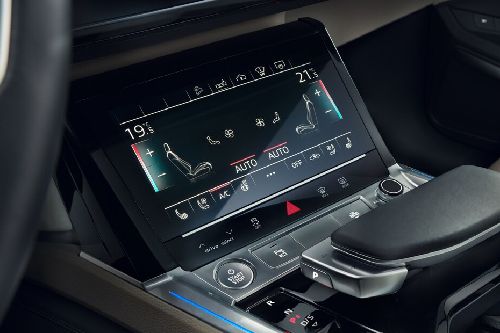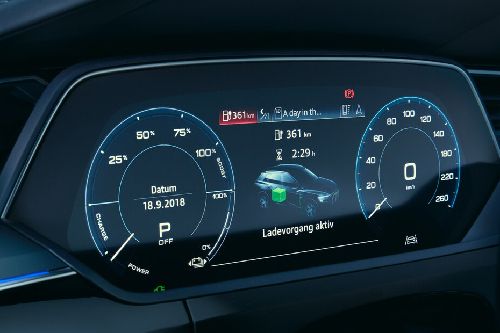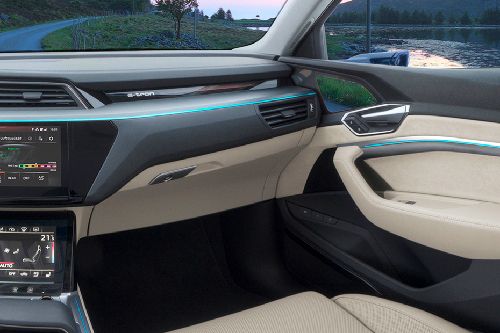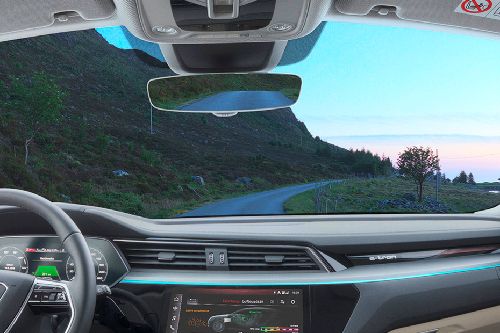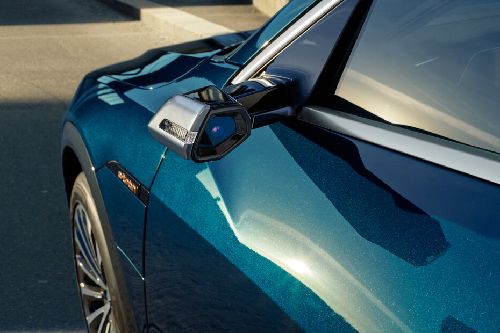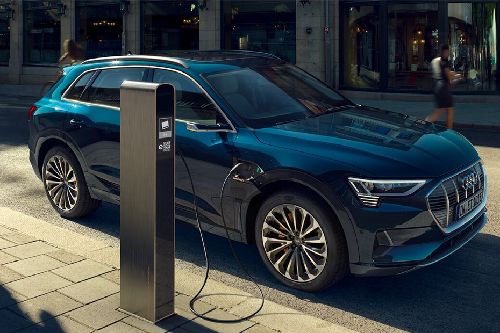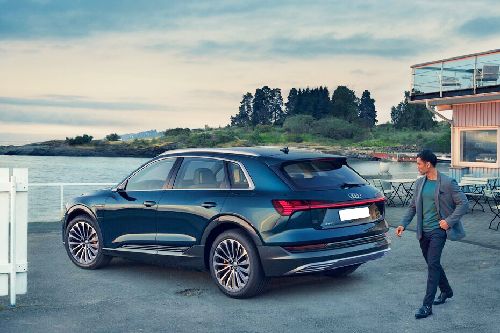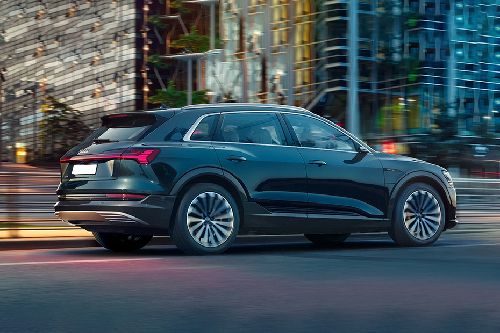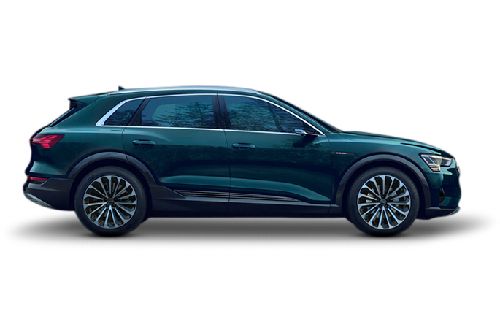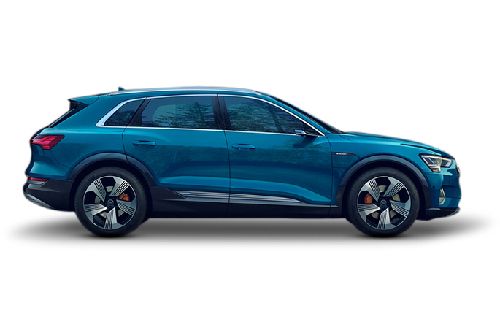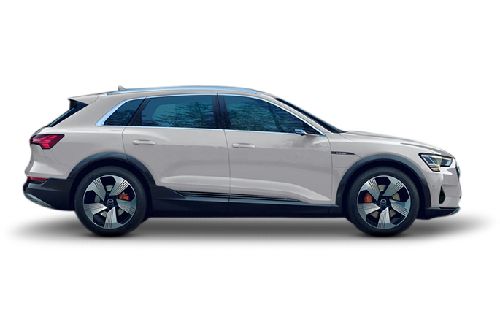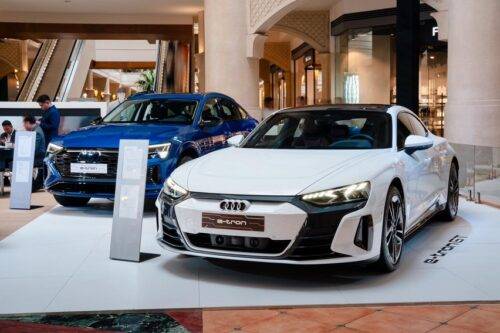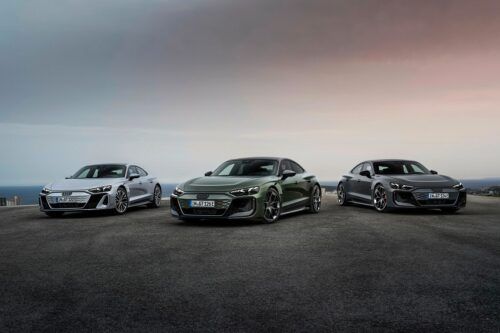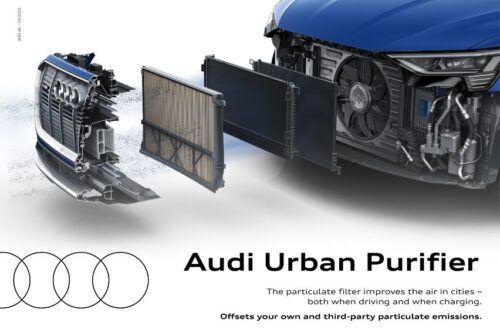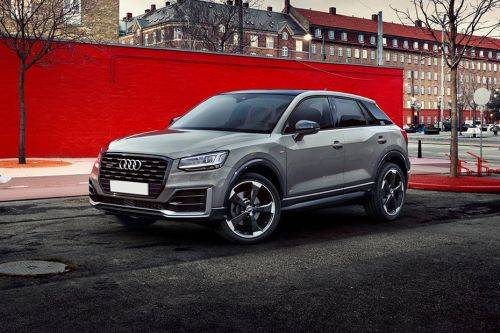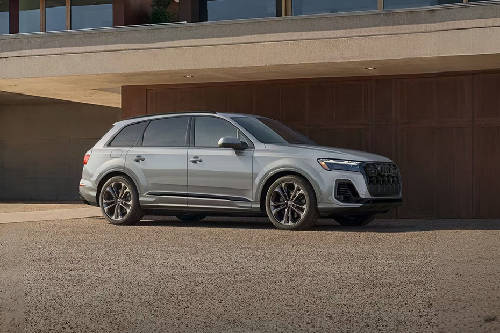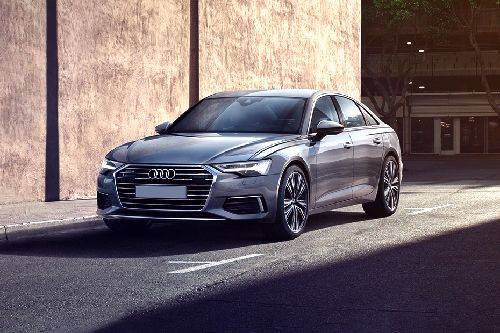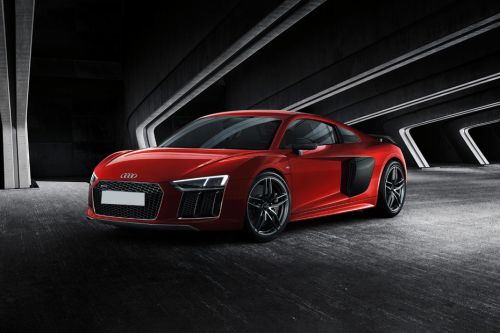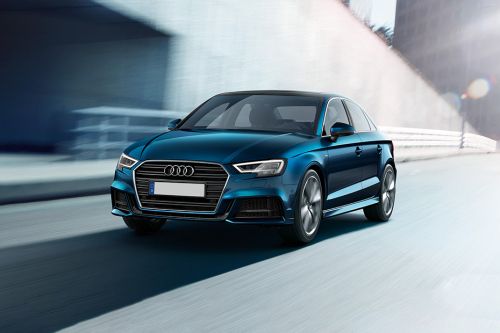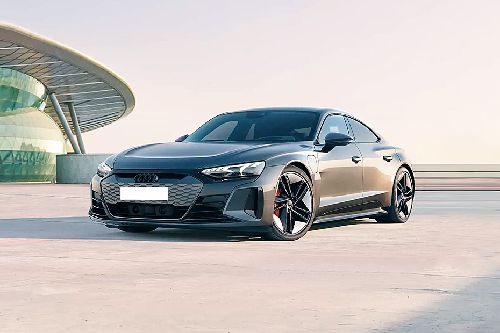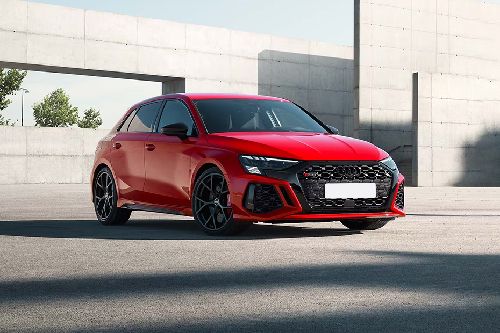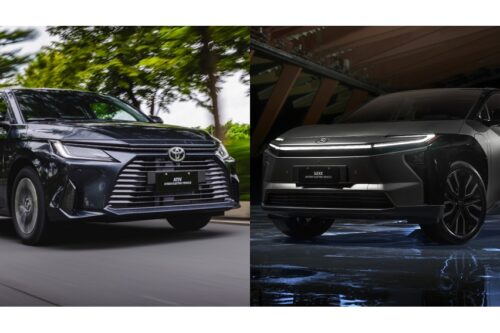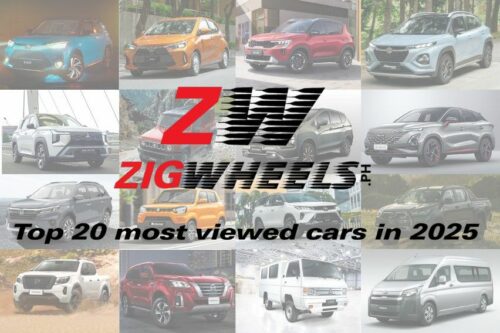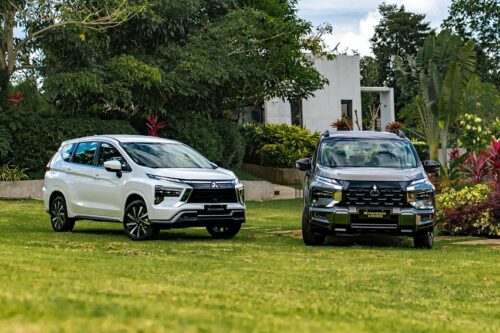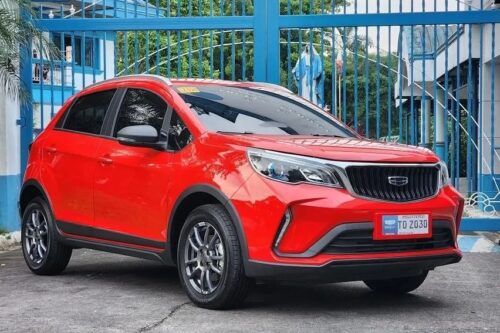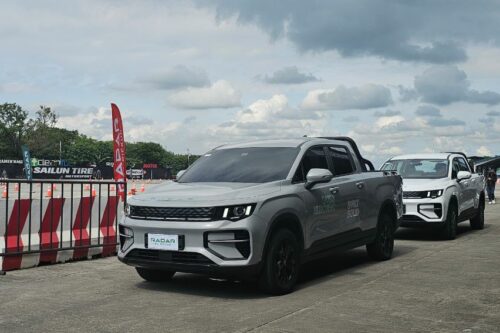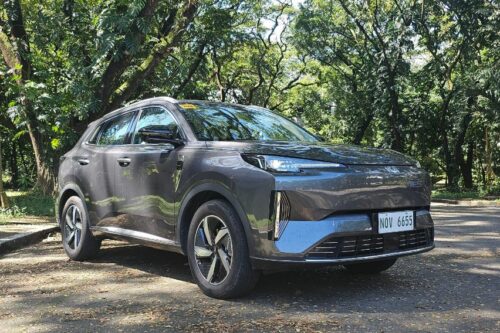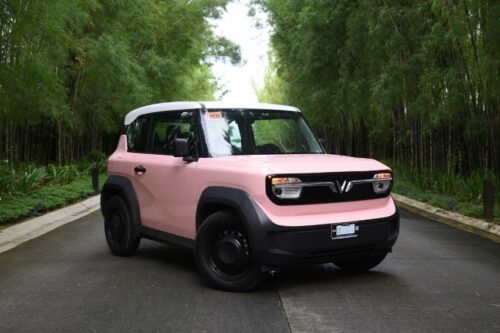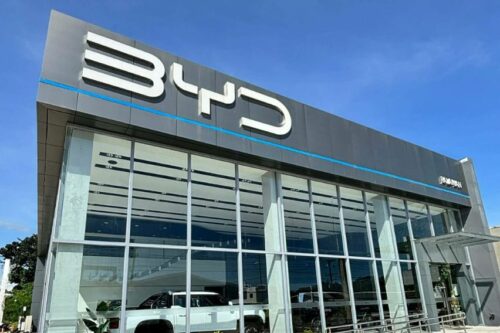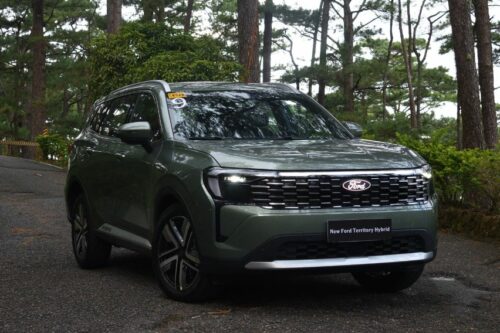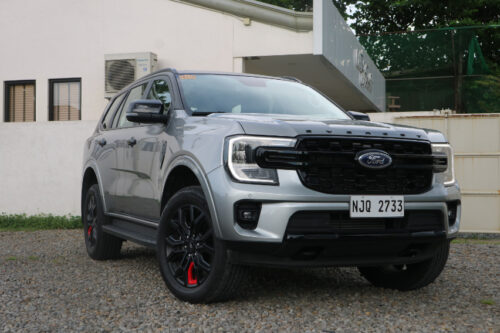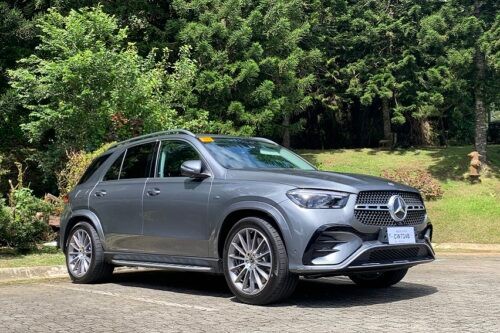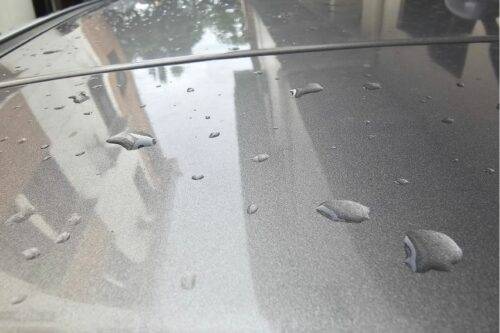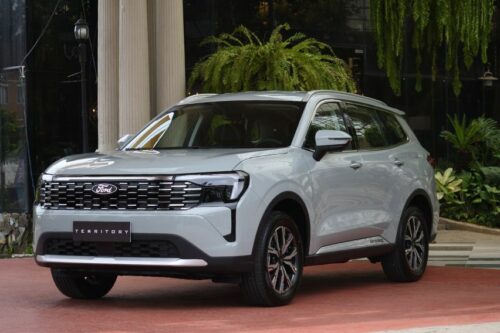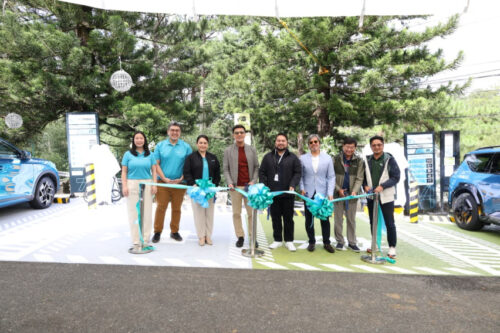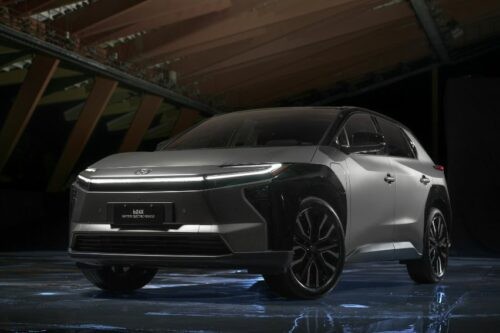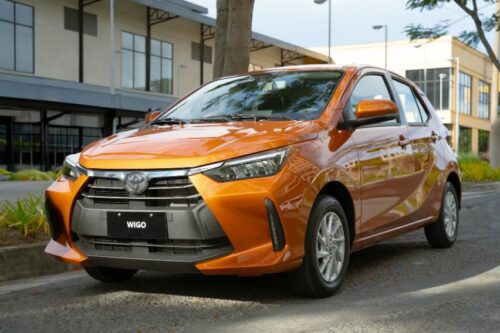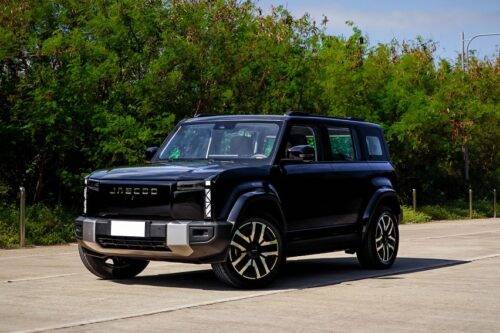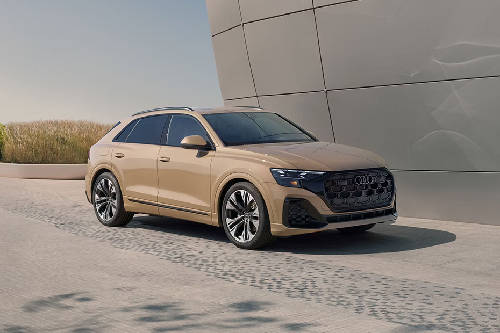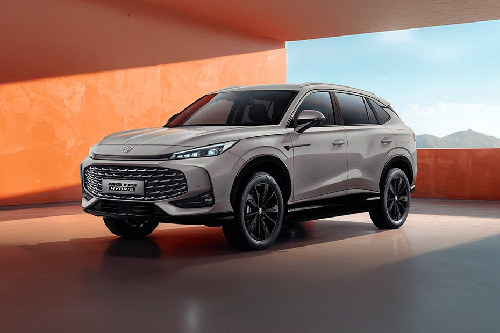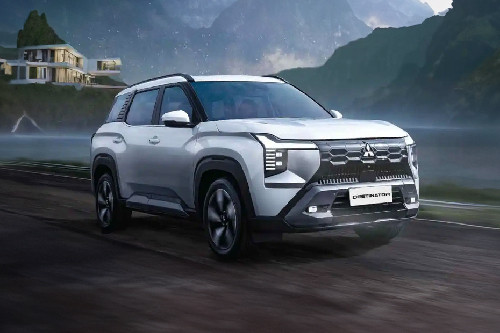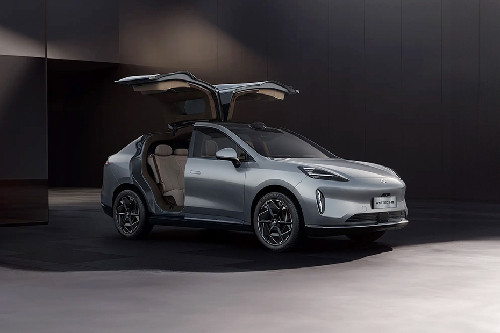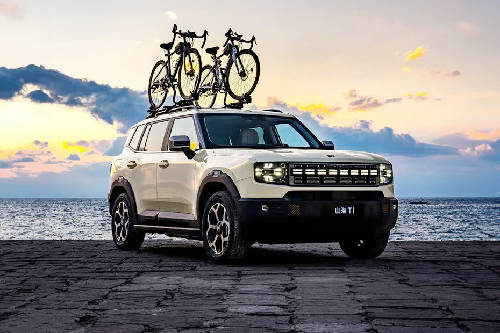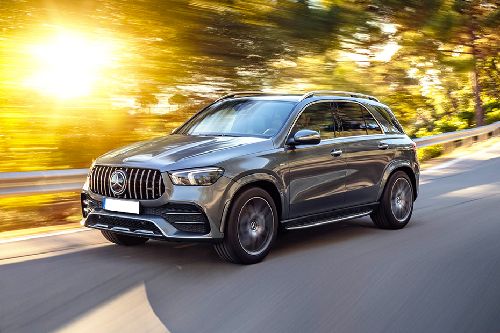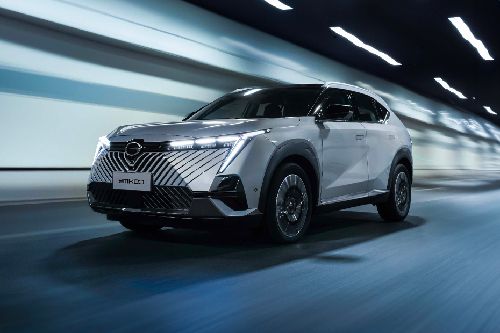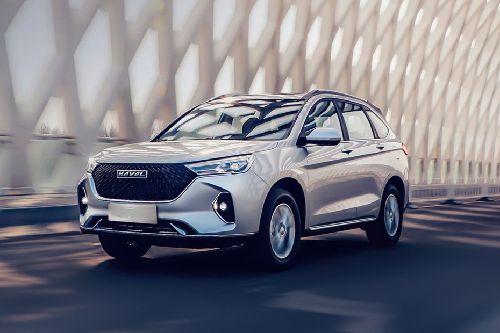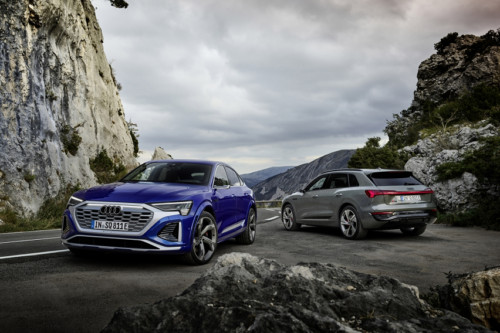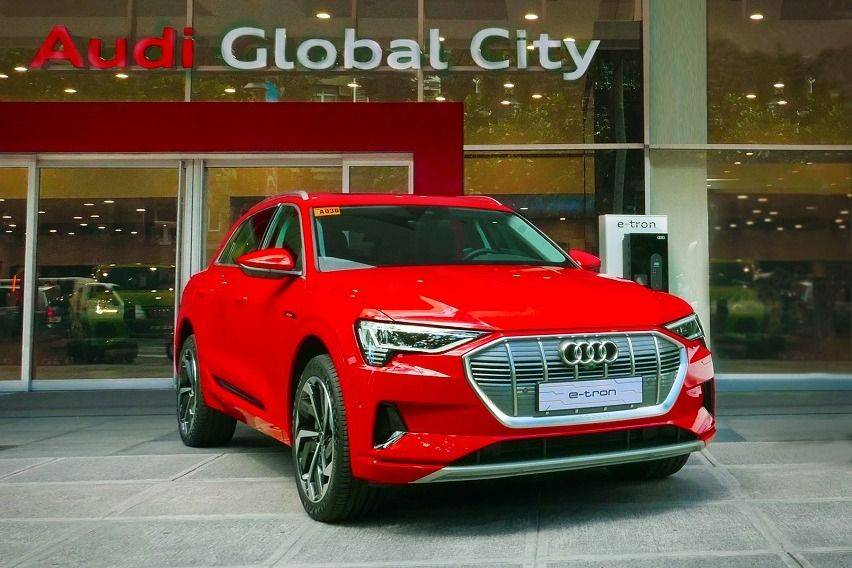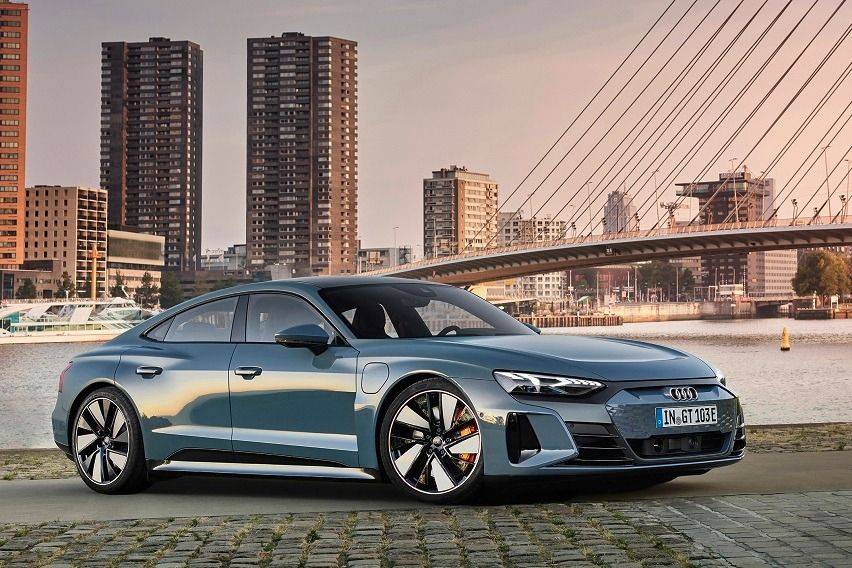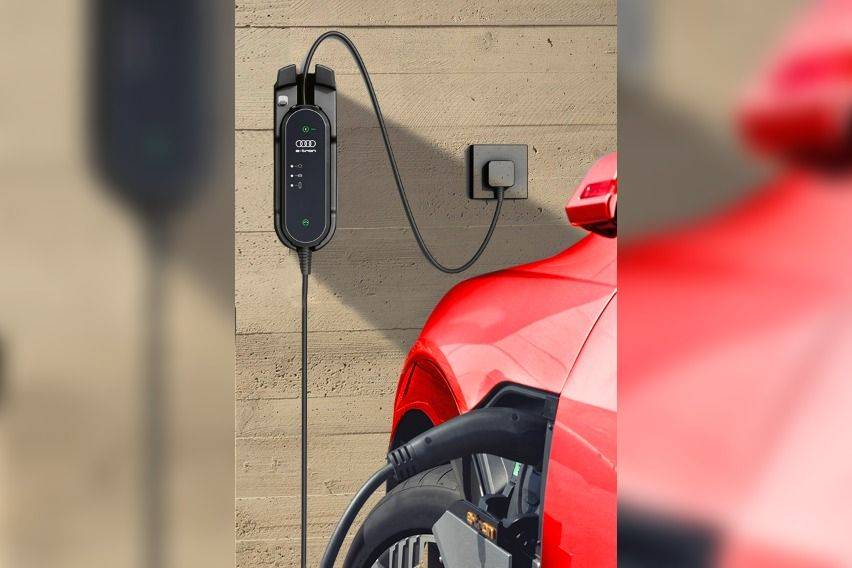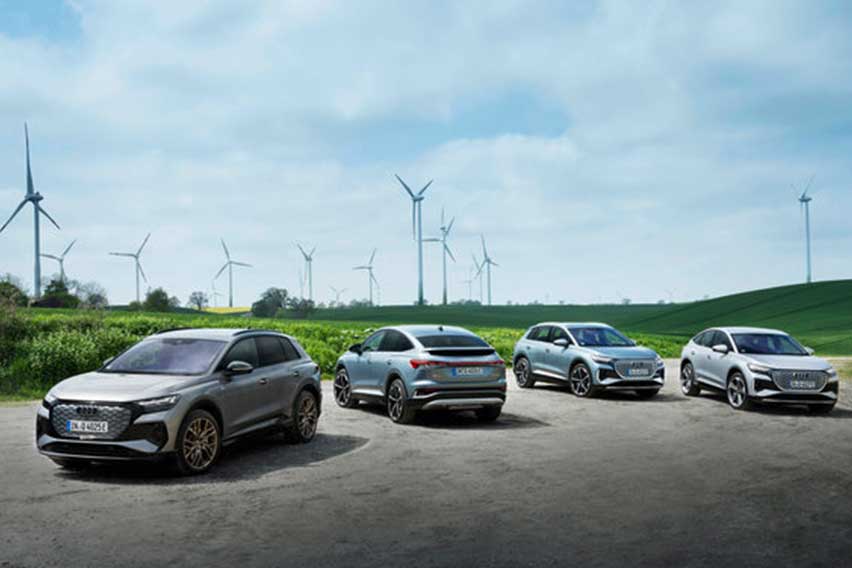All about Audi's 'e-volution' and e-tron models
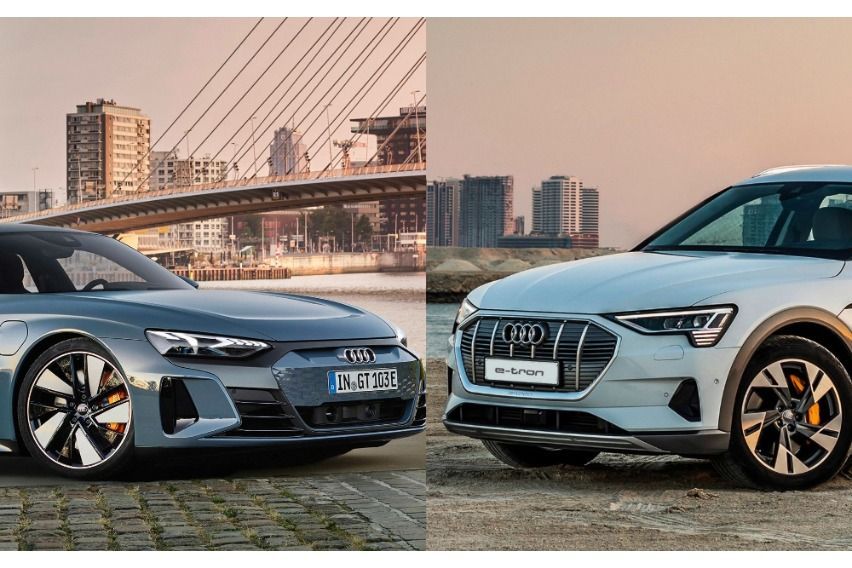
Audi wants to succeed in the world electric mobility race — the goal of which, of course, is to ensure cleaner transportation and world for us all.
KEY TAKEAWAYS
What e-tron cars is Audi Philippines introducing locally?
The e-tron and RS e-tron GT -- two cars among the all-electric Audi e-tron range -- are slated to be launched soon, the local Audi distributor said.What sustainable features can be found in the e-tron and RS e-tron GT?
The e-tron and RS e-tron GT use sustainably sourced interior materials and regenerative braking. The two EV are also manufactured in sustainable and CO2-reducing processes.The four-ring company from Ingolstadt plans be a fully electric carmaker by 2026. Before that time, Audi targets to release more than 20 EVs and 10 partially electric models by 2025.
The company will gradually phase out production of its internal combustion engines by 2033, and from then on all Audi models will be purely electric.
As a first step in that goal, Audi has introduced to the market more electric models than conventional cars in 2021. At the same time, Audi has invested big bucks for the years to come for EVs and the environment-friendly production sites that will produce these cars.
All of these plans and investment appear to be worth every cent. Audi sold 81,894 fully electric models in 2021, a 57.5% spike from the previous year. If these figures are anything to go by, then Audi's future looks pretty bright.
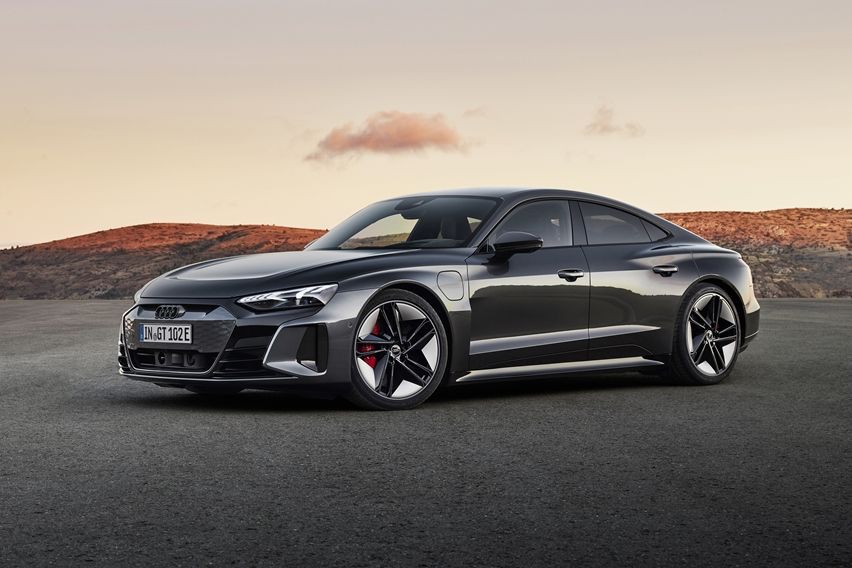
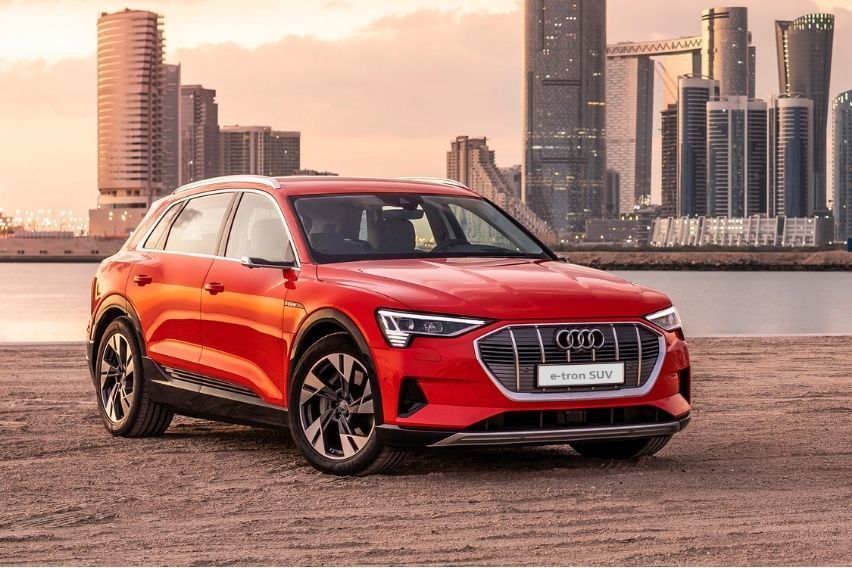
It's that German carmaker's "e-volution" electric mobility push that Audi Philippines is underscoring, as the company is close to introducing the e-tron and RS e-tron GT to our modestly sized (for now) market.
With the “e-volution,” Audi Philippines is taking various steps to encourage wider local adoption of EVs in the country.
Among these steps are "the establishment of dedicated service facilities for electric vehicles" and charging infrastructure such as dedicated home chargers, the local Audi distributor stated in a release.
At the same time, Audi Philippines is partnering with stakeholders which "promote ecologically conscientious practices and advocate for sustainability as the new luxury."
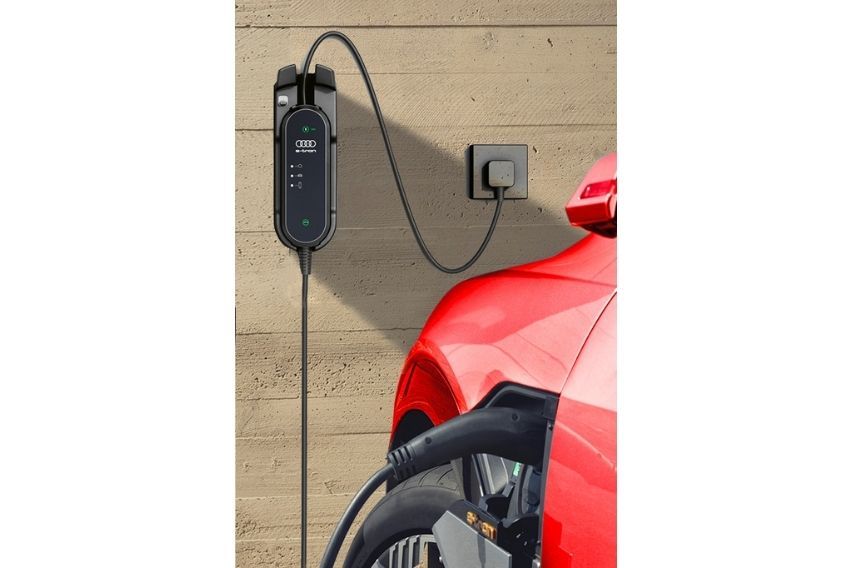
With these goals understood, the company is keen on solving the hurdles the country is afflicted with in terms of e-mobility, such as the lack of EV infrastructure. Quite frankly, this country is lagging some ways behind more advanced nations in e-mobility.
So with the e-tron and RS e-tron GT — two EVs in the forefront Audi's local and global EV push — premium car buyers will be doing their part in supporting Audi's goals and contributing a cleaner country at the same.
The e-tron, RS e-tron GT, and the all-electric Audi e-tron range, are manufactured through carbon-neutral processes. Audi claimed that its manufacturing facilities operate on 100% eco-electricity.


To further lower carbon emissions, Audi said it's lessening energy consumption in its supply chain and production processes, such as in the building of energy-consuming components like the e-tron models’ lithium-ion batteries.
Meanwhile, for the e-tron models' aluminum parts, Audi has come up with an “Aluminum Closed Loop” system. The system allows the carmaker's press plant to cut about 165,000 tons of carbon emissions per year, the carmaker said.
Apart from promising more than 400 kilometers worth of emissions-free journeys — courtesy of advanced electric drivetrain — the e-tron and RS e-tron GT are equipped with other eco-friendly features.


Offered as an option to the e-tron models are leather-free interior packages. The vehicles’ seats are upholstered either with a combination of artificial leather and Kaskade, or with a mixture of artificial leather and Dinamica.
Both Kaskade and Dinamica are made of polyester fibers sourced from plastic bottles, textiles, or residual fibers from selvages. Also available to e-tron models are carpets and mats made from Econyl, a nylon fiber weave derived from surplus fabrics and carpets, and even fishing nets.
Since better aerodynamics result in less energy consumption, the RS e-tron GT wears on its exterior two controllable inlets, rear spoiler, fully paneled underbody, and aero blades.
As for the e-tron, it does its share of lowering consumption with its brake recuperation function.
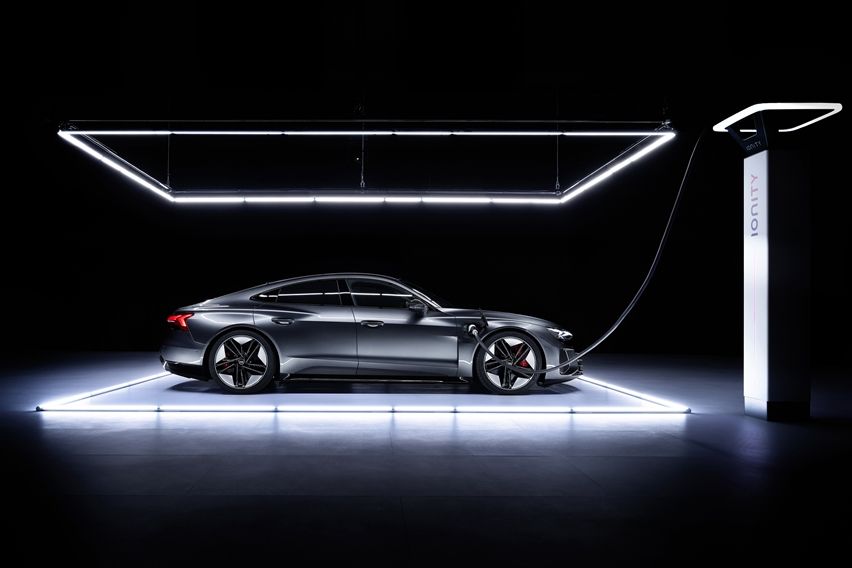
What's commonly known as "brake regen," the feature stores in the battery the energy used when the e-tron is decelerating or braking. It then uses the stored energy for acceleration or to extend the e-tron's range.
The e-tron and RS e-tron GT surely show how Audi serious is in e-mobility.
Photos from Audi
Sell your car at the best price
 Verified and genuine buyers
Verified and genuine buyers
-
Explore Audi E-Tron
Audi E-Tron Related Stories
- News
Audi Car Models
Trending & Fresh Updates
- Latest
- Popular
You might also be interested in
- News
- Featured Stories
Audi Featured Cars
- Latest
- Popular
Compare & Recommended
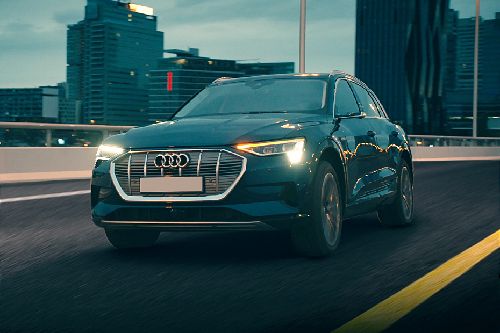
|
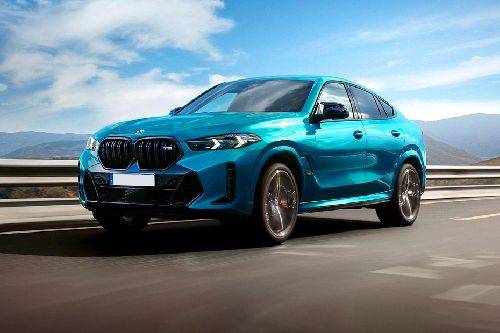
|
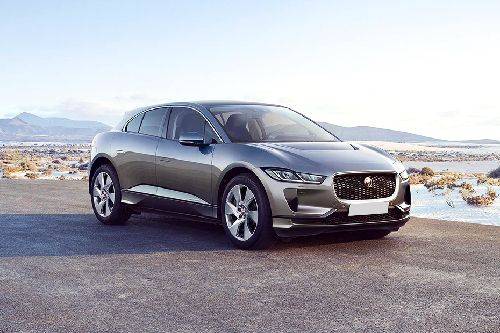
|
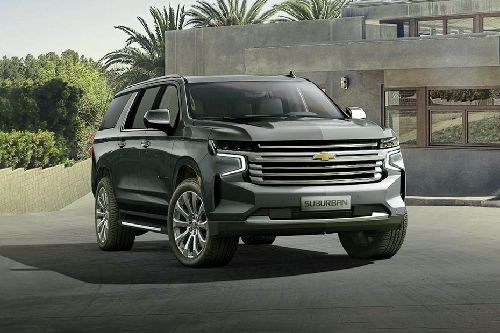
|

|
|
Seating
5
|
5
|
5
|
8
|
-
|
|
Fuel Type
Electric
|
Diesel
|
Electric
|
Gasoline
|
Diesel
|
|
Power
402
|
282
|
395
|
355
|
282
|
|
Torque
640 Nm
|
650 Nm
|
696 Nm
|
518 Nm
|
650 Nm
|
|
Transmission Type
Automatic
|
Automatic
|
Automatic
|
Automatic
|
Automatic
|
|
Engine
-
|
2993
|
-
|
5328
|
2998
|
|
|
Trending SUV
- Latest
- Upcoming
- Popular
Audi E-Tron Car Articles From Carmudi
- journal

